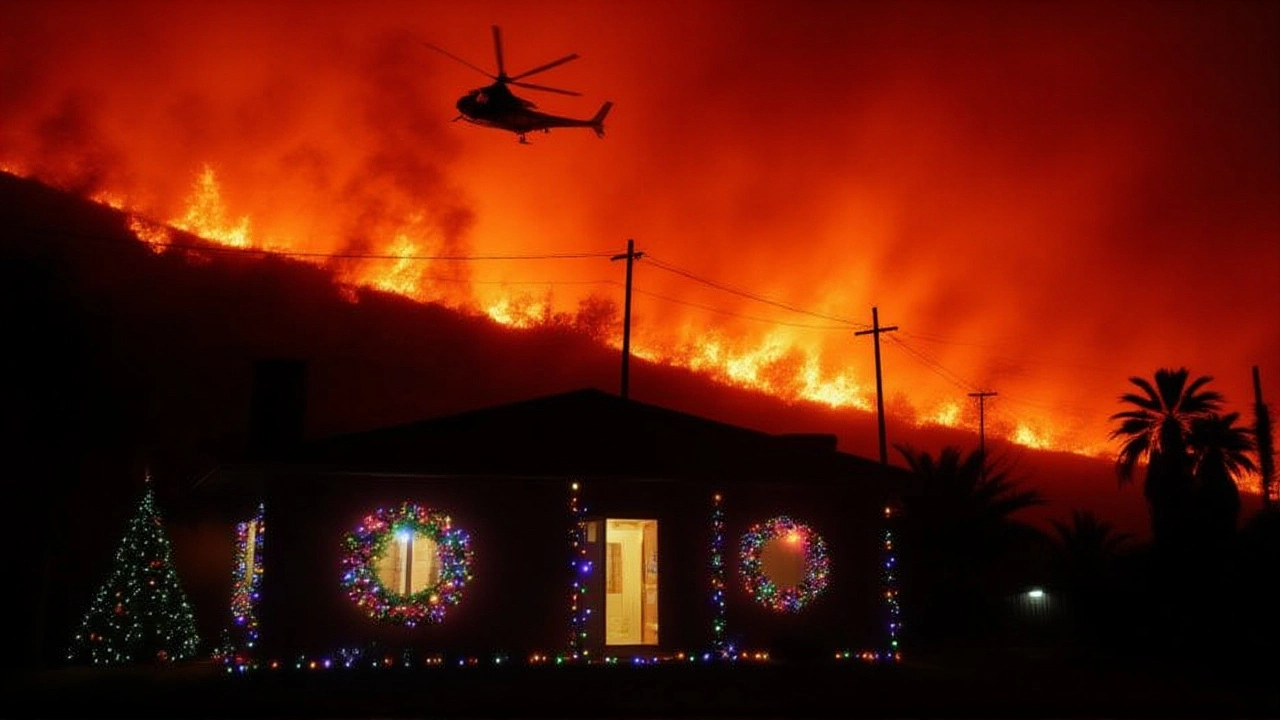Federal agents arrested Florida driver Jonathan Render Neck for allegedly igniting the deadly Palisades Fire in Los Angeles, ending a nine‑month probe and sparking new arson‑law debates.
Palisades Fire – Updates, Safety, and Community Response
When you hear about Palisades Fire, the 2023 blaze that ripped through the Pacific Palisades region of Southern California, prompting evacuations and straining local resources. Also known as Palisades Wildfire, it shows how a dry‑brush fire can rapidly become a large‑scale emergency. The event highlights the need for solid wildfire safety, practices like creating defensible space, using fire‑resistant building materials, and staying informed about fire‑danger ratings and coordinated emergency response, rapid deployment of fire crews, air support, and community shelters to protect lives and property. At the same time, scientists point to climate change, rising temperatures and prolonged droughts that lengthen fire seasons and increase fire intensity as a key driver behind the growing frequency of fires like this one.
Why the Palisades Fire Matters Beyond the Flames
The Palisades Fire isn’t just a local news story; it’s a case study in how modern fire management, community preparedness, and environmental factors intersect. First, the blaze encompasses complex wildfire behavior—rapid spread across steep terrain, spot fires ignited by wind‑borne embers, and challenging access for ground crews. Second, the incident requires seamless collaboration between municipal fire departments, state agencies, and volunteer groups, a partnership that can make the difference between a contained incident and a disaster. Third, the fire illustrates how climate change influences fire risk, prompting local governments to revise building codes, invest in early‑warning systems, and fund reforestation projects aimed at reducing fuel loads.
For residents, officials, and anyone interested in fire safety, the fallout from the Palisades Fire offers practical lessons. It teaches how to assess personal risk, plan evacuation routes, and build a neighborhood watch that tracks fire‑danger levels. It also shows how policy makers can use data from incidents like this to shape resilient infrastructure—think fire‑rated roofs, underground utilities, and community education programs. Below, you’ll find a range of articles that dig into these topics, from real‑time coverage of the fire’s progress to expert tips on protecting your home and insights into the broader climate trends driving wildfire activity. Dive in to see how one fire can spark a wave of knowledge and preparedness across Southern California and beyond.


